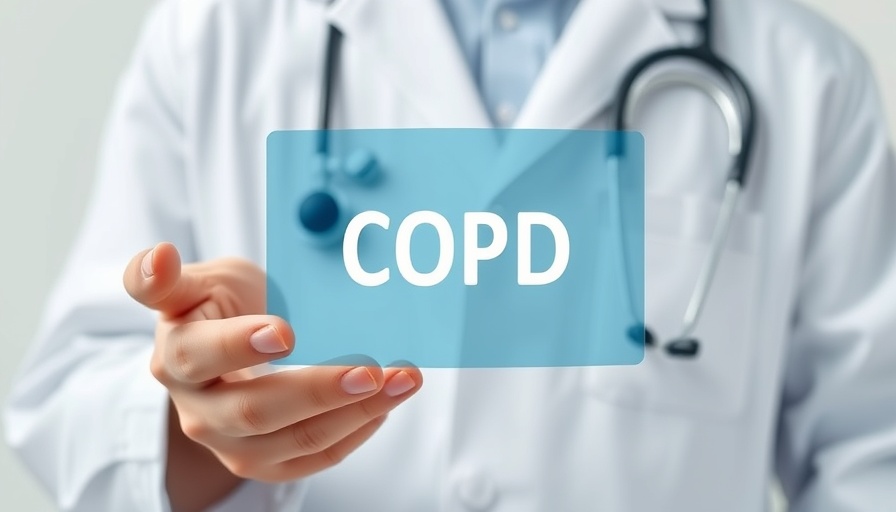
Is Garlic Bread a Healthy Treat or an Unhealthy Indulgence?
Garlic bread is undeniably one of the most beloved sides found on restaurant menus and dinner tables alike. With its crispy exterior, soft center, and savory garlic flavor, it's hard to resist. However, the question remains: how healthy is garlic bread really? To dissect its nutritional profile, we’ve delved into the ingredient lists from popular supermarket brands and eateries.
The Simple Ingredients Mask a Complex Nutrition Profile
At first glance, garlic bread appears to be a simple concoction of flour, garlic, and a dash of parsley. But dig deeper, and the ingredient list reveals a variety of additives and unhealthy fats that complicate its nutritional value. While garlic is known for its numerous health benefits, the additional elements like butter, oil, and bread transform this tasty treat into a calorie and fat-laden indulgence.
Many supermarket brands often forsake real butter for cheaper oils—like palm oil and margarine—that are higher in saturated fats, reducing the overall health quotient. For instance, popular brands like Sainsbury's and ASDA incorporate these less desirable ingredients. In contrast, M&S's garlic bread, notable for using genuine butter, offers a shorter, simpler ingredient list.
What’s on Your Plate? The Nutritional Breakdown of Garlic Bread
Let's take a closer look at the nutritional content of garlic bread, focusing on the health risks posed by its high fat, sodium, and calorie counts. For example, a typical serving of garlic bread can tally up to:
- Calories: Around 345 to 270, depending on the brand.
- Total Fat: Ranges from 12g to 17g, with saturated fat amounts as high as 34% of the daily value.
- Sodium: A staggering 420mg to 544mg per serving, which can contribute to hypertension and cardiovascular issues.
- Carbohydrates: Approximately 31g to 42g, with only 2g of dietary fiber.
Analyzing these figures reveals that while garlic contributes to the potential health benefits, it is often the bread and additional fats that hinder its nutritional quality.
A Delicacy Best Enjoyed in Moderation
The verdict? Garlic bread is best savored as an occasional treat rather than a staple in your diet. The delightful taste of garlic and butter is hard to replicate, but frequent consumption of garlic bread, laden with unhealthy fats and high sodium, could have implications for health over time.
What to Consider When Indulging in Garlic Bread
As you consider bringing garlic bread to your next meal, think about these insights:
- Ingredient Quality: Opt for brands that prioritize real butter and fewer additives for a healthier choice.
- Portion Control: Enjoy garlic bread in smaller servings, perhaps sharing with friends or family.
- Pairing Wisely: Balance its richness with light and nutritious dishes, such as salads and vegetable-based meals.
Conclusion: Making Informed Choices
Garlic bread can be part of a well-rounded diet if consumed mindfully. By understanding its nutritional makeup, making conscious choices about ingredients, and practicing moderation, you can indulge in this flavorful delight without overstepping on health goals.
To ensure that your dietary choices align with your health ambitions, take the time to read labels and consider all aspects of what you consume. Each meal is an opportunity to nourish your body—garlic bread included!
 Add Row
Add Row  Add
Add 




Write A Comment